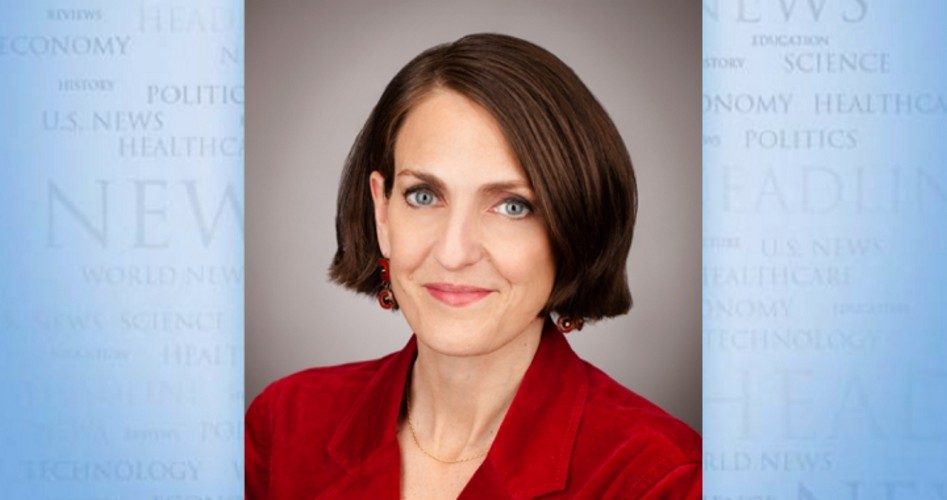
This week, House Republicans did what they do best: offer to cut taxes and add to the deficit. Their three-part reform plan is round two of their goal to dramatically slash taxes and reform the nation’s tax code. The move is likely a political one, because it isn’t fiscally responsible. Yet it carries with it the seed for an important reform.
It’s hard to look at the reform package without thinking of it as an attempt to influence the November midterm elections and help Republicans keep control of the House. It’s sending a strong signal that for the time being, if you elect Republicans, your probability of paying lower taxes is much higher than if you elect a Democrat. The first round of tax cuts for individuals and small businesses that were passed last December as part of the Tax Cuts and Jobs Act is currently set to expire after 2025. Making those cuts permanent is perceived as popular across the board.
In reality, this is just an illusion since all tax cuts will be short-lived. The Republican Party consistently refuses to control spending or even talk about controlling spending. The result is the return of trillion-dollar deficits forever and an exploding debt, driven mostly by spending on programs like Social Security, Medicare and Medicaid.
One would think that the main cause of this inertia is a campaign promise made by President Trump to not touch Medicare and Social Security. Unfortunately, looking at the past shows a long-held belief that talking about entitlement reform — with the exception of Medicaid, which only affects lower-income Americans — is bad politics. It’s only to be mentioned when not in power and the chance of implementing reform is null.
All that said, there are aspects of the reform plan worth mentioning and cheering for. The Family Savings Act of 2018 includes some important attempts to ease rules around retirement savings and startup companies, among other changes. One change would simplify retirement savings. Another would create new universal savings accounts (USAs), while two others would expand the use of 529 education savings accounts and let families access their own savings to support parental leave.
The most innovative of these measures by far is the USAs — a reform I’ve written about in the past. The idea is to encourage savings by granting taxpayers a tax incentive to save, with total flexibility over the timing and use of the money saved.
Many of us are familiar with the different vehicles that currently exist to save money for retirement, college and medical expenses. They all face different tax treatments, limits and constraints on how and when the money can be used without facing a tax penalty, and some of these accounts aren’t available to all workers. Not so with USAs. They circumvent those rigidities by allowing taxpayers to annually contribute up to $2,500 of after-tax income to an account in which the savings would grow over time without any additional taxes paid on interest. Withdrawals would be tax-free, no matter how and when the money is spent.
While this is a good start, the $2,500 contribution is too small for Americans to really reap the benefit of these new savings accounts. And these benefits are numerous. A Cato Institute report by Chris Edwards and Ryan Bourne describes how the United Kingdom implemented its own version of USAs but allows for an annual contribution of $25,000 to benefit earners of every age and income level. So did Canada. Its $4,125 contribution limit is more modest than in the U.K.’s, but it’s still higher than the one proposed by House Republicans.
These two countries’ account designs are also superior to those of the current Roth IRA accounts we have in the United States in that they aren’t limited to retirement savings and don’t face withdrawal penalties. Americans who use Roth IRA accounts face a withdrawal penalty if they use their earnings before they turn 59 1/2 years old.
As Edwards and Bourne document, these flexible savings accounts are extremely popular in both countries. They note, “Liquidity is important to people with moderate incomes because they are more likely than others to face short-term contingencies that strain their resources.” Let’s hope this flexibility and this new saving options will be available to Americans soon.
Veronique de Rugy is a senior research fellow at the Mercatus Center at George Mason University. To find out more about Veronique de Rugy and read features by other Creators Syndicate writers and cartoonists, visit the Creators Syndicate webpage at www.creators.com.
COPYRIGHT 2018 CREATORS.COM



